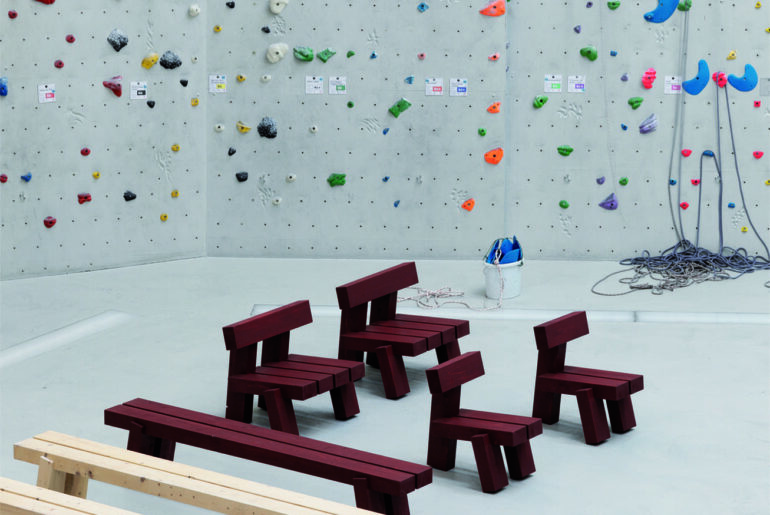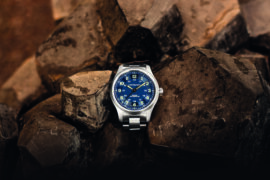Sebastian Marbacher belongs to a new breed of prominent Swiss designers. His word has received several awards and encompasses the interplay between (product) design, art and architecture.
He designs furniture, products and rooms. His objects are accessible, always suitable for everyday use and often have minimalist lines without losing their playfulness. Sebastian Marbacher is a creative inventor, an aesthete. Born in Lucerne in 1986, he initially completed an apprenticeship as an engineer and followed this by studying industrial design at the Zurich University of the Arts. In 2013 he founded Studio Sebastian Marbacher in Zürich and, in addition to his own projects, works successfully with well-known companies and institutions. A conversation about reduction, chairs and artistic issues.
Sebastian, let’s start at the beginning: Which memories do you consider to be formative for your creative career?
Maybe that my father always had a workshop and often worked with wood. In one house we lived in, the kitchen, workbench and fireplace were all in one room. For me, cooking, sitting together at the table and working belong together to this day.
Talking about sitting together – chairs are a very common feature of your work …
That’s how it’s turned out over the years. When I first started, I never had the idea of designing a chair. In the course of my search, however, I keep coming back to the subject of ‘sitting’. For me, chairs are also a good size as an object. You can carry, rotate it and hold them. This simplicity and independence of chairs represents something exciting for me.
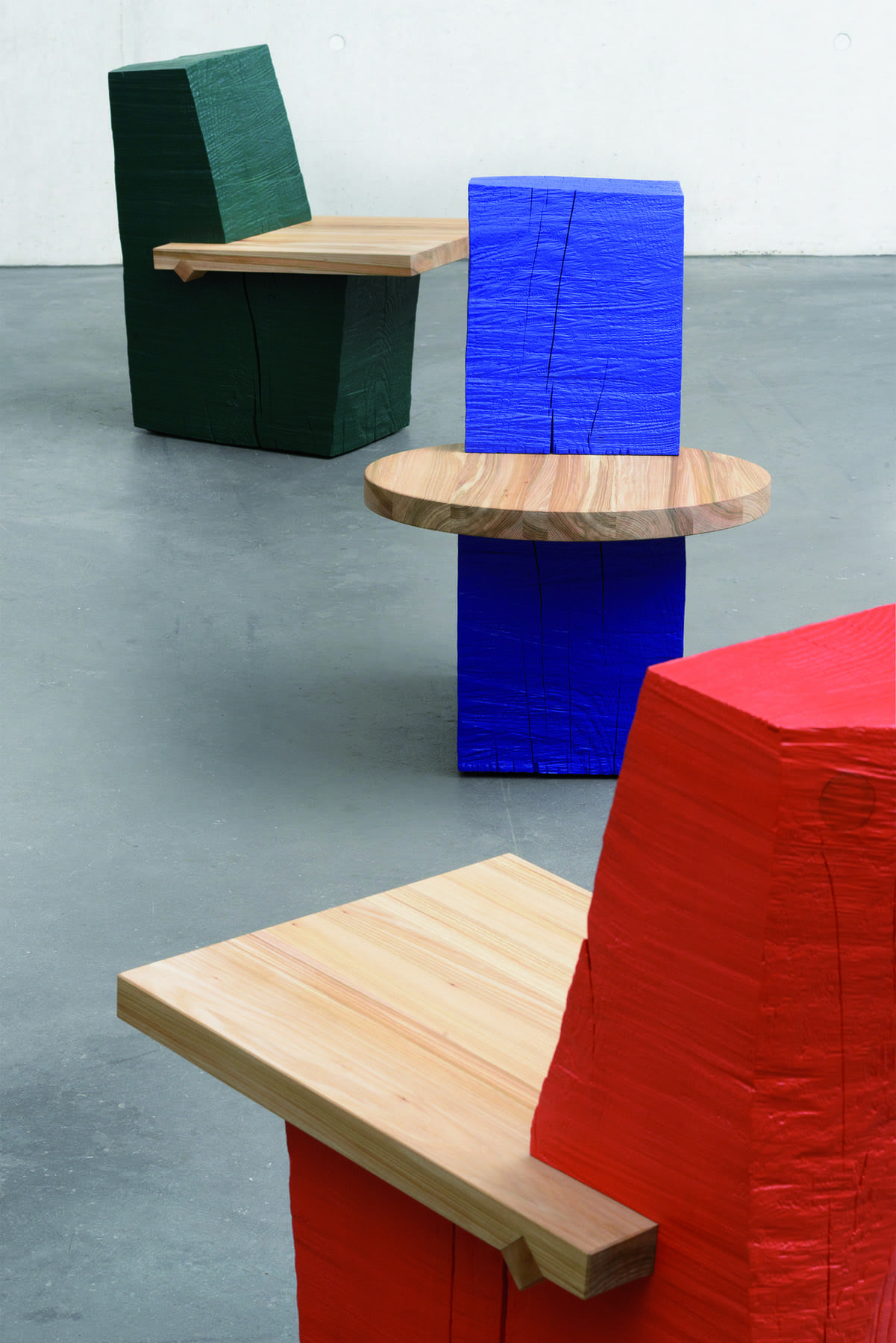
Simplicity as a keyword – your work is minimalist and yet there is something playful about it …
I’m actually interested in reduction, but not to the point where there’s nothing original left. I’m interested in reduction in order to extract what seems essential to me. Clear lines and compelling stories.
Like your Basic Chairs, for example?
Yes, in fact, at the beginning there was the question what‘s needed to sit? How minimal can the seat and backrest be? In addition, I was excited by the idea of finding a geometry that would allow stacking. The design then developed over several prototypes.
Originally an engineer, mechanical draftsman, now designer and scenographer – how has your questioning changed over the years and what challenges you?
In mechanical engineering, the cheapest and simplest solution is always sought. I had a lot of fun with this. But today, for me, it’s about opening up completely. Everything is possible and I often work with many different variants at the beginning. That’s a whole different challenge. What interests and fascinates me is the question of what is functional. Does the function come first or can an object communicate or even annoy first of all?
And what makes a task particularly exciting for you?
Difficult question, I think the variety and multiplicity of projects is most important. Location-specific projects are always exciting challenges for me. New places and people and framework conditions.
Upcycling of materials is always a theme with your objects. How important is sustainability?
On the one hand I am a designer, on the other hand I am a consumer. In both roles, I make decisions that involve considerations of sustainability. For example about materials, short transport routes or production facilities. The Basic Chair is produced for Switzerland and Italy, for a Japanese label in Japan itself.
In the face of abundance – as a product designer, don’t you start to ponder?
Designing new products is of course part of this controversy. You see the mountains of rubbish and the things that cannot be repaired. However, if you develop a new product that can be manufactured or operated three times more efficiently with regard to resources or energy, then that is a positive step.
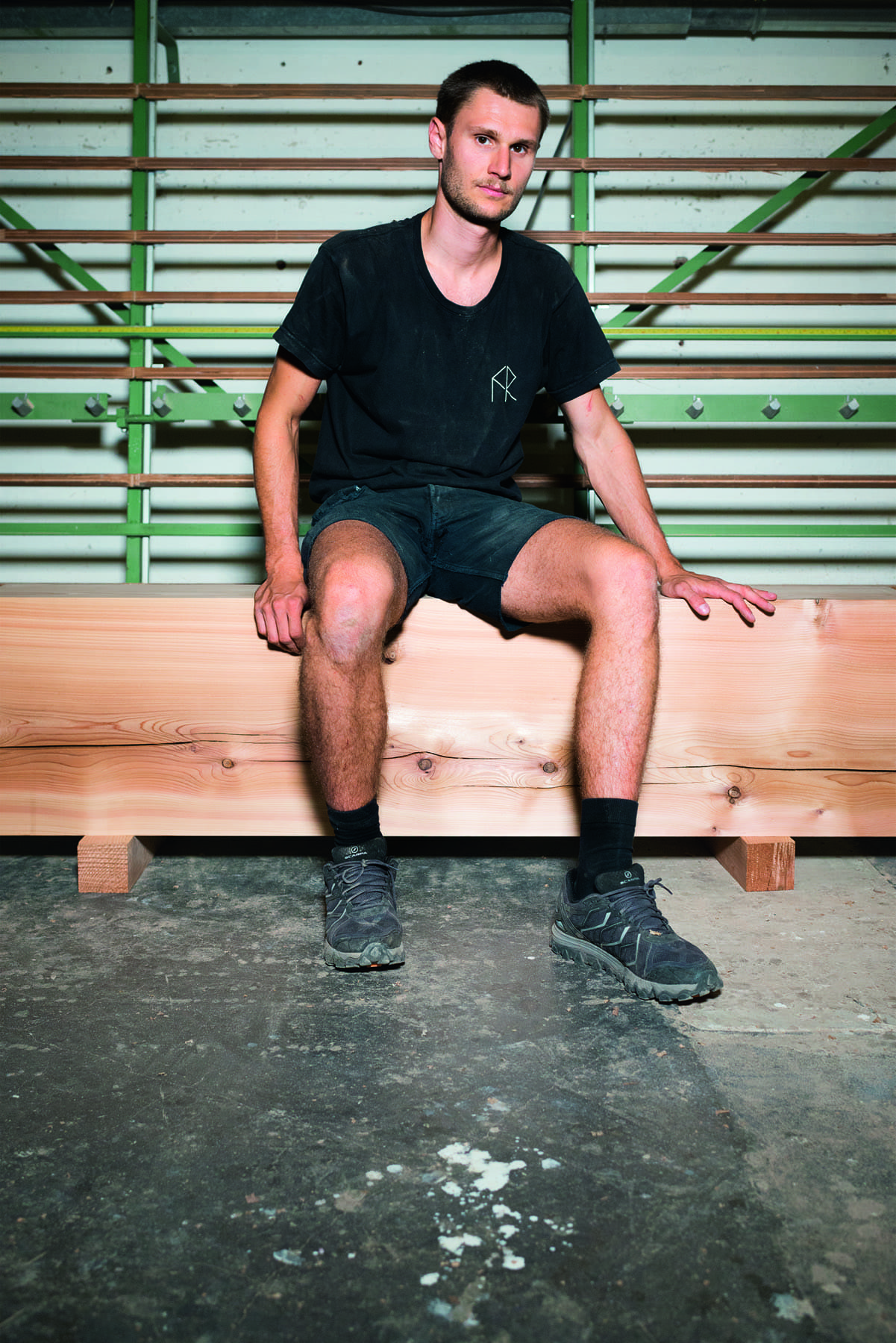
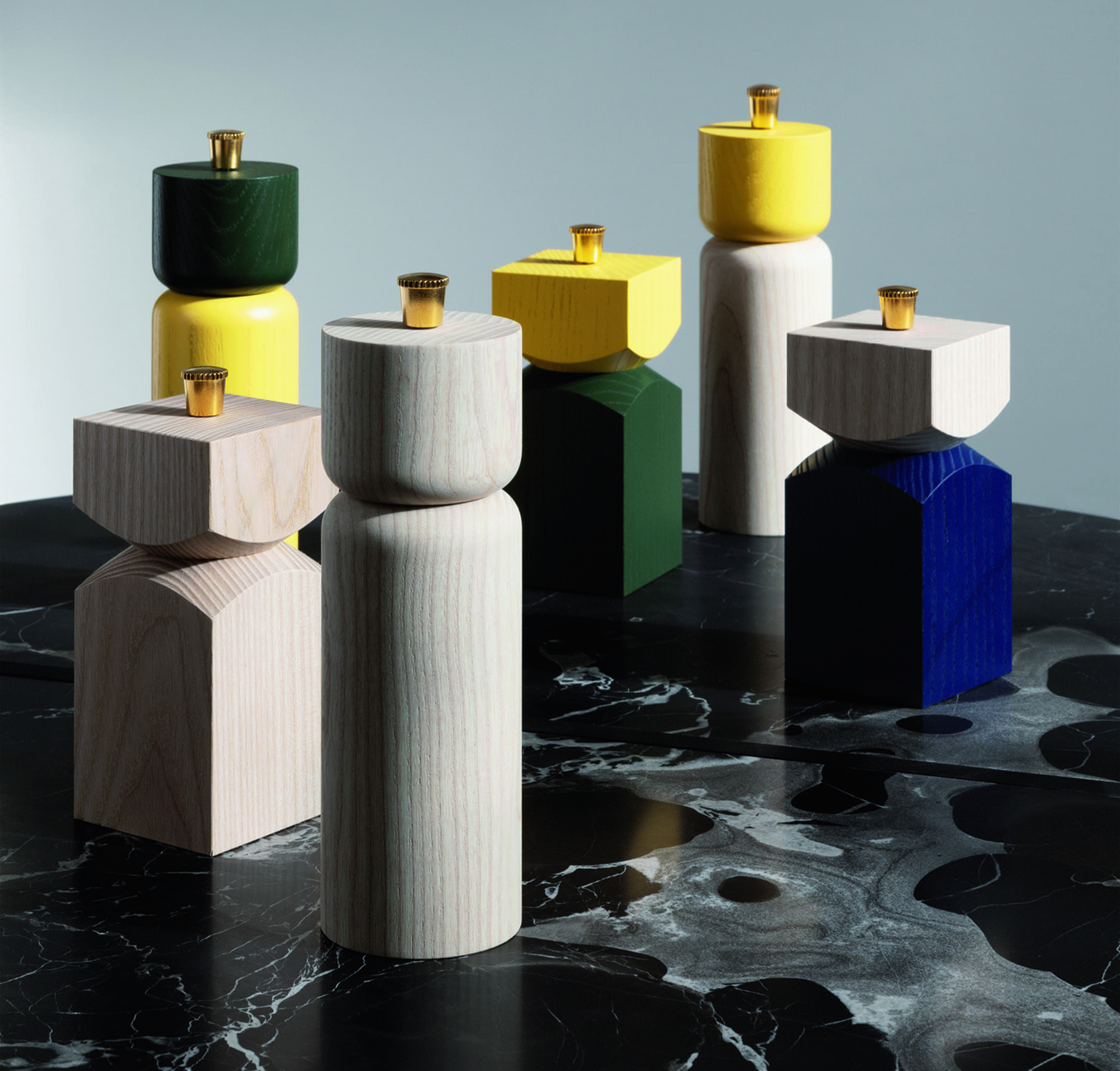
Let’s get to your latest project. Rumour has it that it has two wheels?
Correct. It’s a collaboration, but I can’t reveal too much about it just yet. It’s about a bike that combines the advantages of small wheels with the advantages of a large luggage rack. I am convinced that the «bicycle» as an umbrella term still offers a lot of potential if we look at the changes in society with the inner cities and the large number of people.
You also work regularly with your partner and textile designer Mara Tschudi. What’s it like, working and living together as two creative people?
Since I’ve known Mara, there’s been an exchange in both directions. Her world of colours plays an important role in my projects. We come from different disciplines and complement each other very well in the sense that my work is very analytical, planned and derived. And from a human perspective it’s extremely valuable that we can just share that and understand what the other is about.
Finally: How much furniture is self-made in your home?
Some of it. And there’s a long to-do list of projects (laughs). Our interior is actually an ongoing construction site. For me, this is also a kind of field research without the pressure of having to present a result. And you can only be completely free if you know that you can also fail.
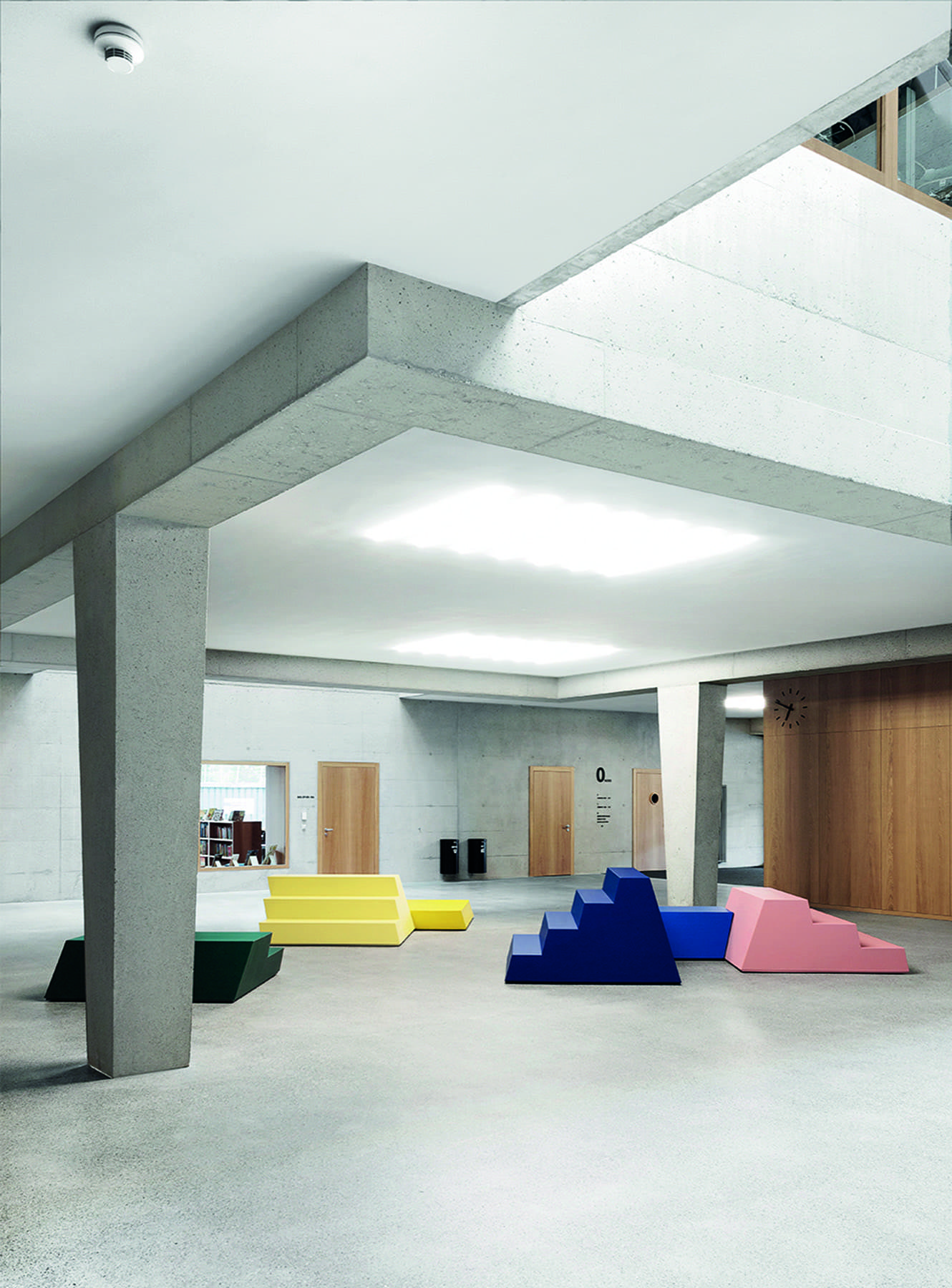
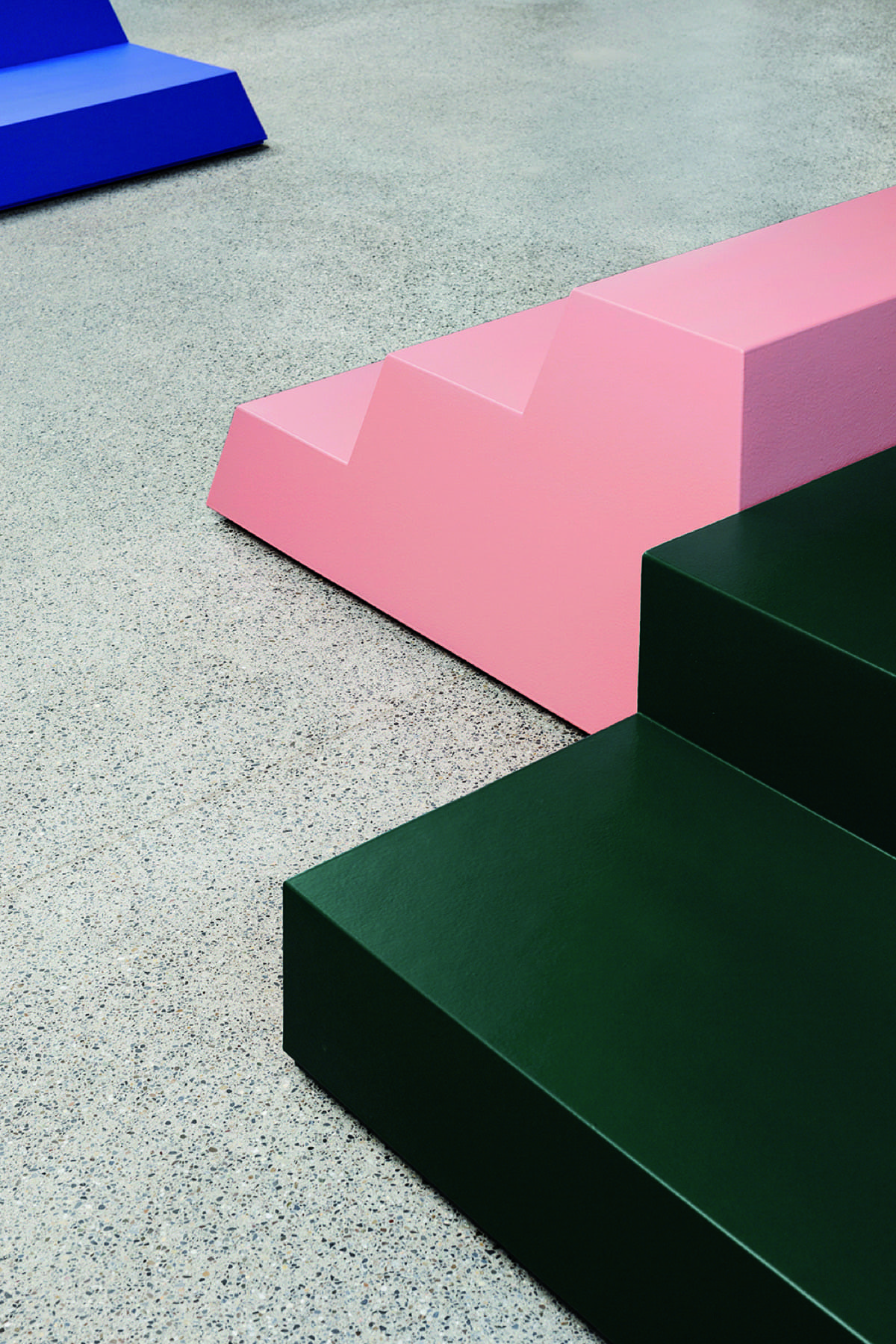
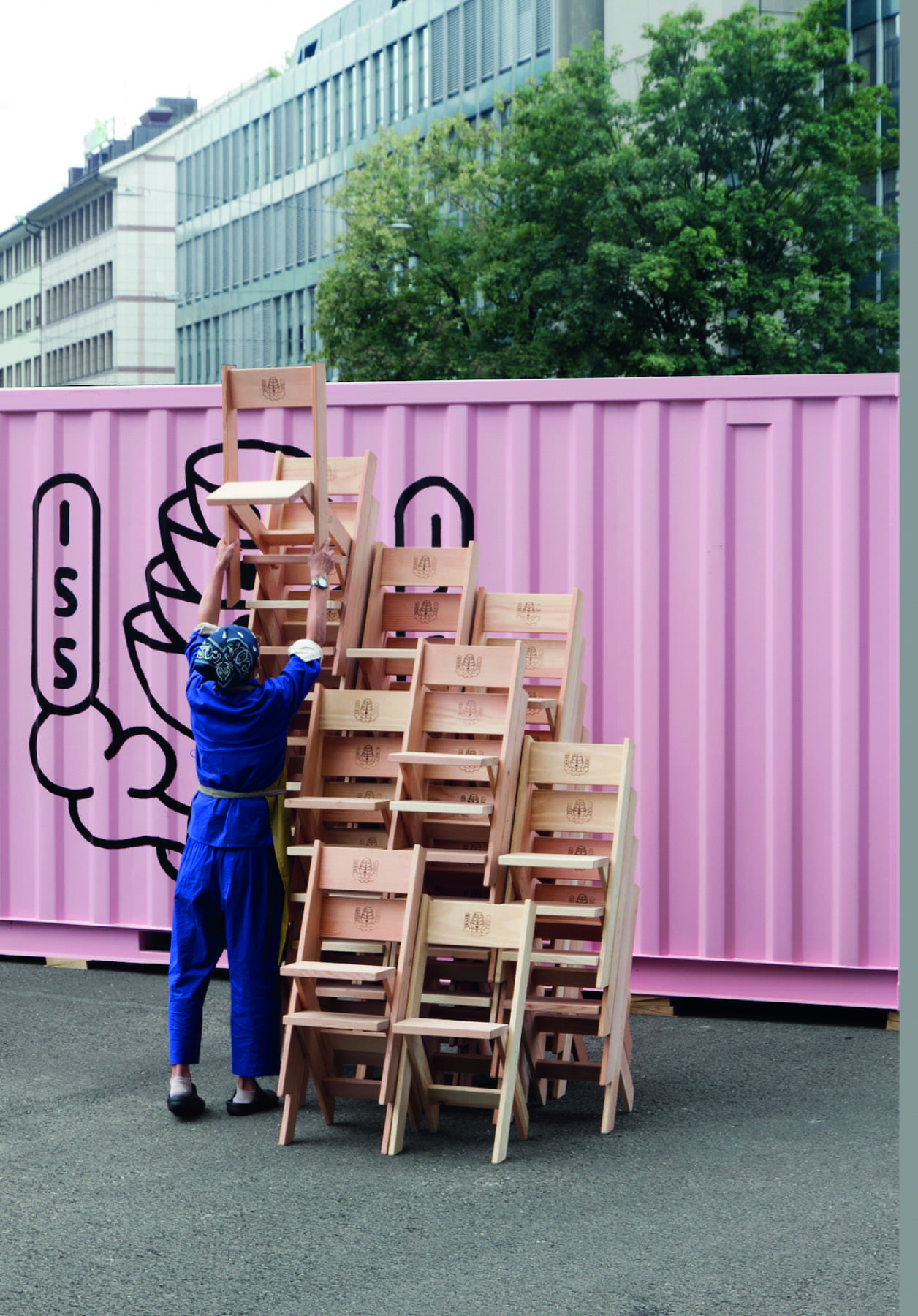
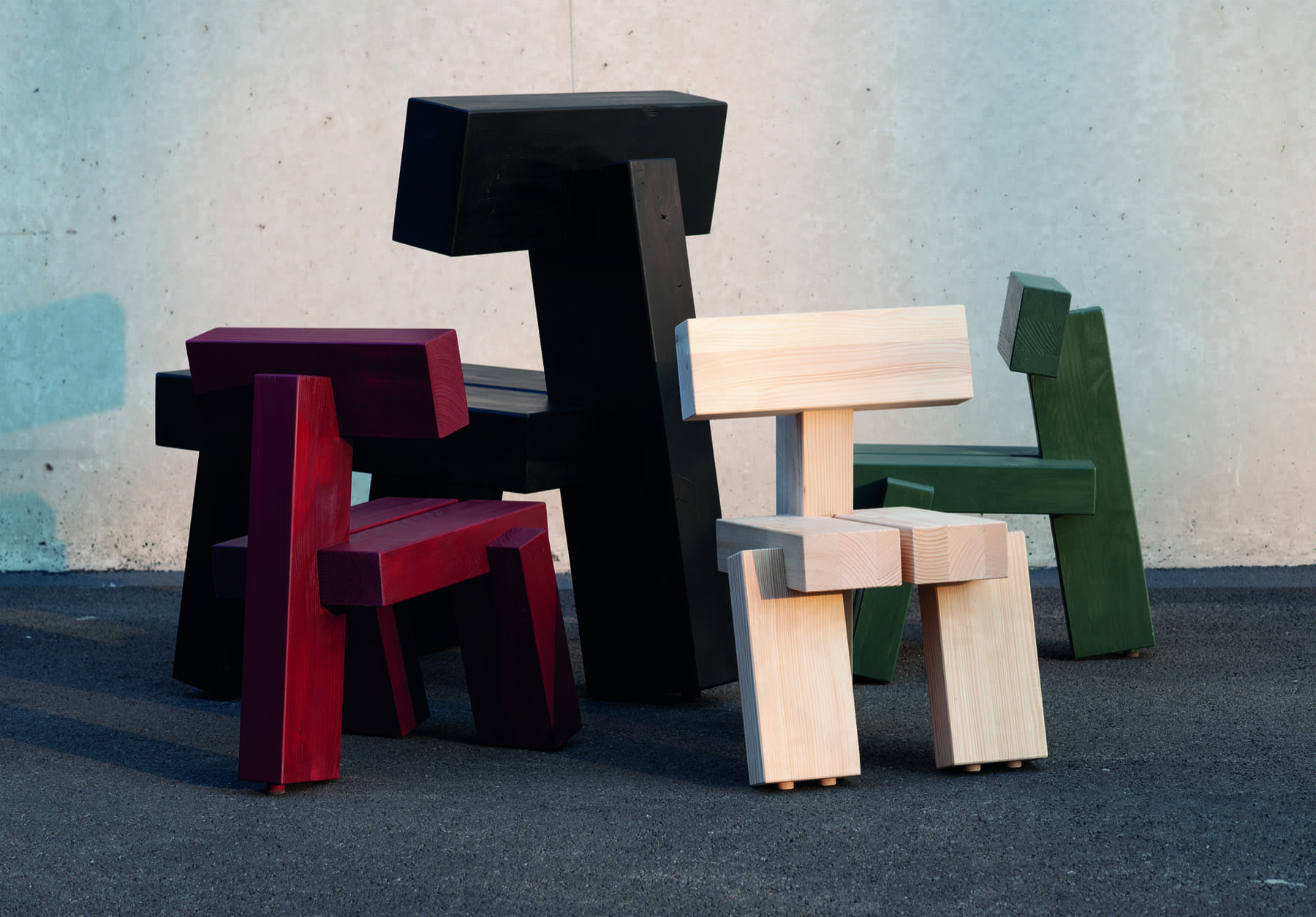
Photos Copyrights: Dominik Zietlow / studio sebastian marbacher


